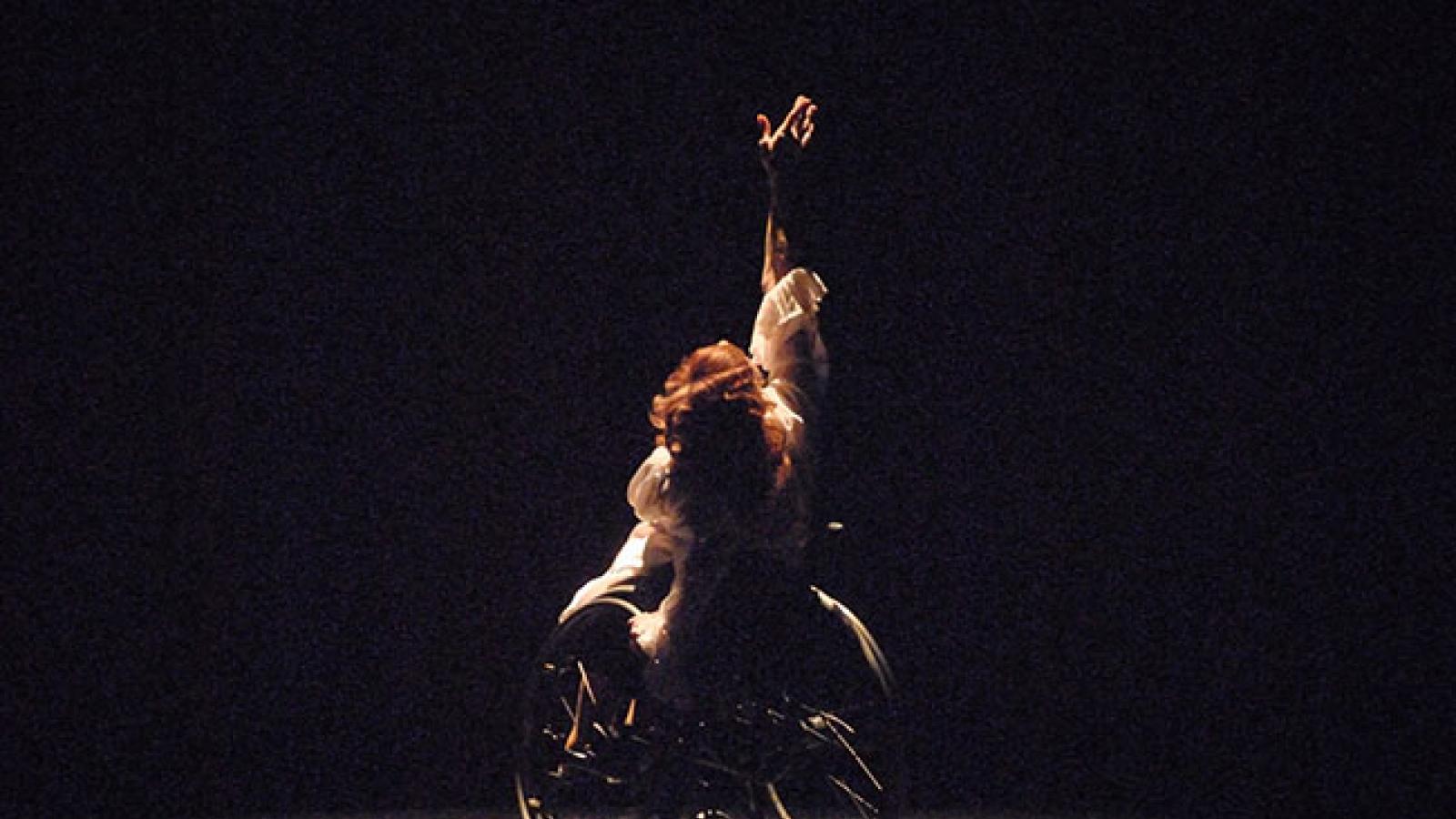NEA Arts Magazine Spotlight: Making Sure No One Is Excluded

Mary Verdi-Fletcher dancing in a 2009 performance of La Vie en Rose, choreographed by Mark Tomasic. Photo by Dale Dong
It was a history-making moment: on June 9, 2019, Ali Stroker became the first wheelchair user to win a Tony Award for her performance in Oklahoma!, a revival that received support from the National Endowment from the Arts. But the stage at Radio City Music Hall, which hosted the Tonys, was not wheelchair accessible. Stroker had to wait backstage while the Best Actress category was announced in case she won (which she did), and was unable to join her cast mates when they accepted the award for Best Revival of a Musical. It was symbolic of both how much progress has been made regarding accessibility in the arts, and how much work remains to be done.
It’s a familiar dichotomy for the National Endowment for the Arts, which works diligently to ensure that the progress outweighs the setbacks. “It’s the goal of making sure that people with disabilities can access the arts with everyone else, that everyone can see it together, that no one is excluded,” said Beth Bienvenu, the director of the Arts Endowment’s Accessibility Office, which focuses on underserved populations such as people with disabilities, older adults, military veterans, and people living in institutions. Since the Accessibility Office’s establishment in 1976, the agency has become a leader in the field, setting an example for state arts agencies and arts organizations across the country about the importance of making accessibility a priority. “Over the past 40 years, there’s been a steady growth of expanding arts access for people with disabilities, and we’ve been a part of that,” Bienvenu said.
In our latest issue of NEA Arts, learn about how the Arts Endowment has sought to expand access to the arts for the estimated 55 million Americans with disabilities.




